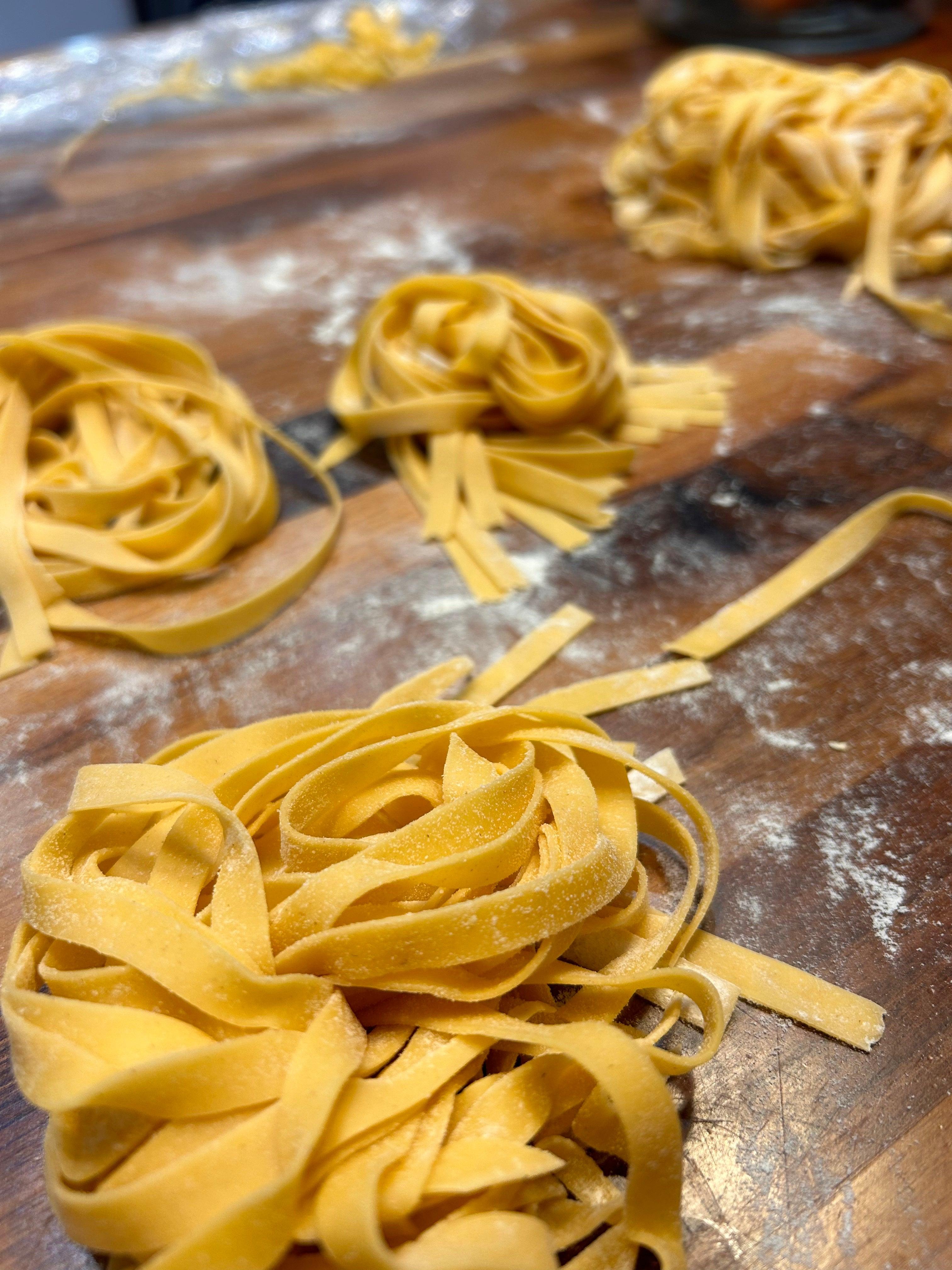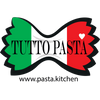Menu
Your cart is empty
Looks like you haven't added anything to your cart yet

Choosing the Right Fresh Pasta Dough
Choosing the Right Fresh Pasta Dough
When it comes to crafting delicious homemade pasta, choosing the right dough is essential. Each type of pasta dough offers unique characteristics that cater to different recipes and cooking methods. In this guide, we'll explore two popular options: Traditional Egg Pasta and Semolina Pasta.
Traditional Egg Pasta:
Traditionally, egg pasta combines just two simple ingredients: 00 flour and fresh eggs.
This classic dough is typically rolled out and can be cut, shaped, or filled, making it incredibly versatile.
One of the distinguishing features of traditional egg pasta is its lower gluten content compared to semolina dough. This lower gluten content results in a tender, more delicate texture, making it ideal for filled pasta like ravioli, as well as long pasta varieties such as tagliatelle and linguine.
Ingredients:
- 00 flour
- Fresh eggs
This easy-to-work-with dough provides a perfect canvas for a variety of pasta dishes.
Semolina Pasta:
Semolina pasta, on the other hand, offers a different experience in both texture and versatility. Made from fine semolina flour and warm water, this dough boasts a higher gluten and protein content, resulting in a tougher, more robust texture.
Semolina pasta is often extruded or hand-formed using textured tools such as orecchiette stamps. Its durability allows it to withstand shaping and manipulation, making it perfect for hand-formed pasta shapes like courgetti and for use in extruding machines like the Marcato Regina.
Ingredients:
- Fine semolina flour
- Warm water
While traditional egg pasta shines in delicate dishes, semolina pasta holds its own in heartier preparations. Its sturdy nature makes it well-suited for dishes that require a firmer texture and shape retention.
Choosing the right fresh pasta dough is essential for achieving the perfect texture, flavour, and appearance of your homemade pasta. Experiment with both varieties to discover which dough best suits your pasta dish.
- Choosing a selection results in a full page refresh.





